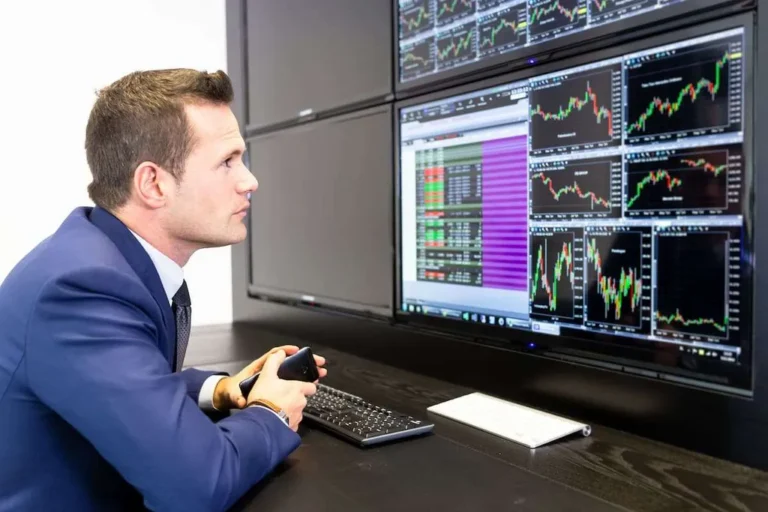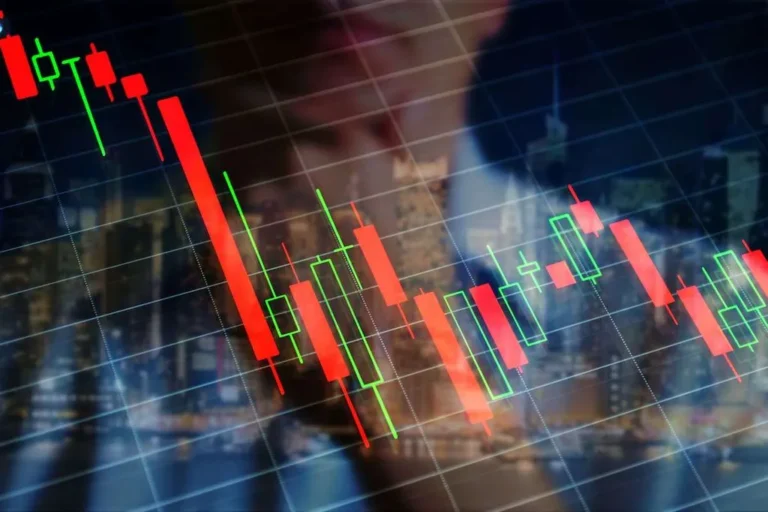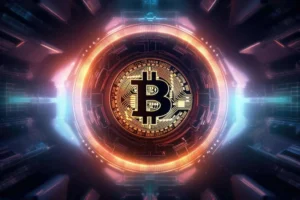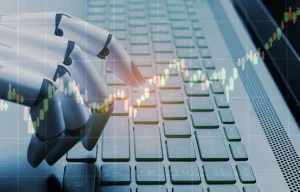Imagine a transaction where a time interval of less than a millisecond separates profit from loss. This fine line, known as latency, is crucial in trading operations, particularly in high-frequency sectors, including the cryptocurrency industry. Today, an increasing number of market members recognize the importance of low latency trading, investing considerable sums in advanced tools and specialized platforms to save milliseconds. Below, we will discuss in more detail how operations are carried out.
What Is Latency in Cryptocurrency Trading?
Latency is the time distinction between making a trading decision and executing an order in the crypto sector. Such a difference, typically measured in microseconds or even nanoseconds, is a critical aspect of trading operations. Its importance lies in ensuring optimal trade value before the crypto sector situation changes.
Today, intermediaries operate on a timescale of microseconds or nanoseconds rather than milliseconds. Such efficiency is made possible by the use of innovative equipment, advanced digital solutions, and optimal infrastructure. This represents a significant step forward compared to the initial online cryptocurrency trading operations, which took several seconds to execute an order.
Advanced systems are based on algorithmic tools that process market information and place trades faster than human agents. Advanced tools react quickly to fluctuations in supply and demand. This is particularly important if you prefer tactics that rely on responding to pricing.


Turnkey Brokerage Solution For Your Business
Get the most profitable fully licensed fx/crypto brokerage software or ready-to-operate business in 48 hours. Best-in-class web & mobile trading platforms, sales-driven CRM, full integration with MT4/5, and 150+ payment providers.
Types of Latency in Cryptocurrency Trading
Below, we will consider the types of time gaps that users most often encounter in the crypto industry.
- Time gap. It is a situation when critical information reaches the user at the wrong moment. The time gap is the interval required to get insights about price changes and order books from the market to the trader’s platform. If the user wants to receive up-to-date information instantly, it is necessary to ensure minimal delay.
- Order execution delay. It is the period required to transmit data about the trader’s needs to the exchange, process the order, and conclude the deal. If the user prefers high frequency trading (HFT), the time difference should be minimal.
- Network delays. Such time gaps are related to the stability and reliability of the Internet connection, as well as the actual distance between the user’s current location and the server installation place. To bridge such a distance, traders choose the co-location function, which allows their servers to be installed closer to the exchange equipment.
- Software delays. Digital platforms require additional time to process data. It is essential to utilize optimized applications to mitigate this negative factor.
- Hardware problems. Such delays are related to different elements of the market participant’s PC or server. With efficient systems, you can reduce the intervals to analyze data and perform all operations quickly.
- Market systems. Time gaps may occur due to interruptions in the market. During periods of significant volatility or peak loads, exchanges can process trades and display operations more slowly. This often slows down trades, which is especially frustrating for HFT activity.
- Exchange latency. It is the delay in how quickly an exchange processes and responds to trading actions. The processing interval of the transaction depends on the infrastructure’s capacity, the volume of work, and the technology used. Market participants should analyze the conditions before choosing an exchange.
It is recommended to analyze all possible complications and determine methods to eliminate them in advance.

How Latency Affects Cryptocurrency Trading
Crypto coins are inherently volatile. Market participants often face a change in their value by several points within a few seconds, which makes timing critical. If you are even a few milliseconds late, you can lose a significant profit. Let’s examine how time gaps impact the virtual currency market.
- HFT. Such market participants execute numerous orders within a short period. Minimal latency enables them to capitalize on sector inefficiencies and value discrepancies before other traders become aware. The lower the latency, the more considerable their profit.
- Slippage. This occurs when there is a distinction between the cost of a trade and the execution price. Reducing latency prevents the risk of slippage, allowing you to enter a trade at optimal market prices. In this tactic, every millisecond matters.
- Arbitrage opportunity. Arbitrage means that a trader buys and sells the same crypto coins in multiple markets in parallel to earn from the price distinction. High-frequency participants implement multi-level calculations to find and execute latency arbitrage potential, often within a millisecond. For them, speed is the most crucial factor, as they need to capitalize on fleeting market conditions before other members catch on to the trend.
- Algorithmic trading. Modern users prefer automated operations with smart systems and chatbots that instantly react to any conjuncture changes. Minimal delay is necessary for such tools to work instantly and accurately, providing users with a steady income.
- Risk management. The speed of executing operations is also crucial for effective risk management. Algorithmic traders often utilize stop-loss orders to mitigate significant losses if the market moves against them. If such a contract is executed for a long time, the participant’s losses will increase as the sector continues to collapse.
The crypto industry is a competitive environment where speed may provide a considerable advantage. People who execute trades faster than other participants may gain access to additional information and opportunities.
Technological Solutions for Achieving Low Latency
Low latency trading involves highly optimized setup to ensure instant contract execution. Let’s analyze the key technologies that make time lag a thing of the past.
- The importance of network switches. They are an important element in minimizing the time gap in the cost-sensitive trading environment. Advanced switches enable instant information exchange between trading platforms and exchanges, lowering latency and facilitating the execution of trades quickly.
- Wireless data transmission technologies are evolving to deliver ultra-low latency, making them essential for real-time system connectivity across multiple locations. These advanced methods minimize the physical distance data needs to travel, significantly cutting down transmission delays and enabling faster, more efficient communication.
- Optimal operating system. It also affects the speed of crypto operations. A lightweight and productive OS is the optimal solution for HFT spaces, as it cuts down on data processing overheads and eliminates the time gap.
- Artificial intelligence and machine learning. Smart instruments detect patterns and execute a trade faster than a human agent could.
Modern brokerage firms must offer low-latency order execution services to differentiate themselves from the competition. If they can provide clients with profitable trading opportunities in the dynamic crypto sector, this will ensure the growth and development of their business.
Challenges in Achieving and Maintaining Low Latency
As we can see, such trading operations offer numerous benefits; however, we should not overlook some of the difficulties associated with adopting and maintaining this ecosystem.
- System overload. It occurs when many users simultaneously pass the same path. Significant traffic leads to the emergence of problem areas, especially during periods of peak loads. To solve such a problem, you need to utilize proven traffic control tools that prioritize users based on their required services.
- Low hardware capacity. Outdated machines may not be able to handle databases at the significant speed required for low-latency applications. To eliminate this complexity, it is necessary to upgrade the equipment. However, this requires substantial costs and may not be feasible for small firms.
- Cloud computing and distributed networks. With such technologies, information can be transferred over a significant distance, getting to different servers, which increases the time gap. Specialists prefer edge computing to cut the distance of data movement, analyzing them closer to the destination to eliminate delays.
- Low latency trading is crucial for participants who rely on fast, accurate, and efficient algorithms. While it is not a prerequisite for all operations, traders who prefer scalping, arbitrage, or HFT may benefit greatly from an efficient system with minimal latency.
Lowering the time gap can increase execution speed, but you should not neglect the pre-established trading strategy and risk minimization. Advanced systems create advantages, but the effectiveness of crypto operations depends on your experience and adaptability.






